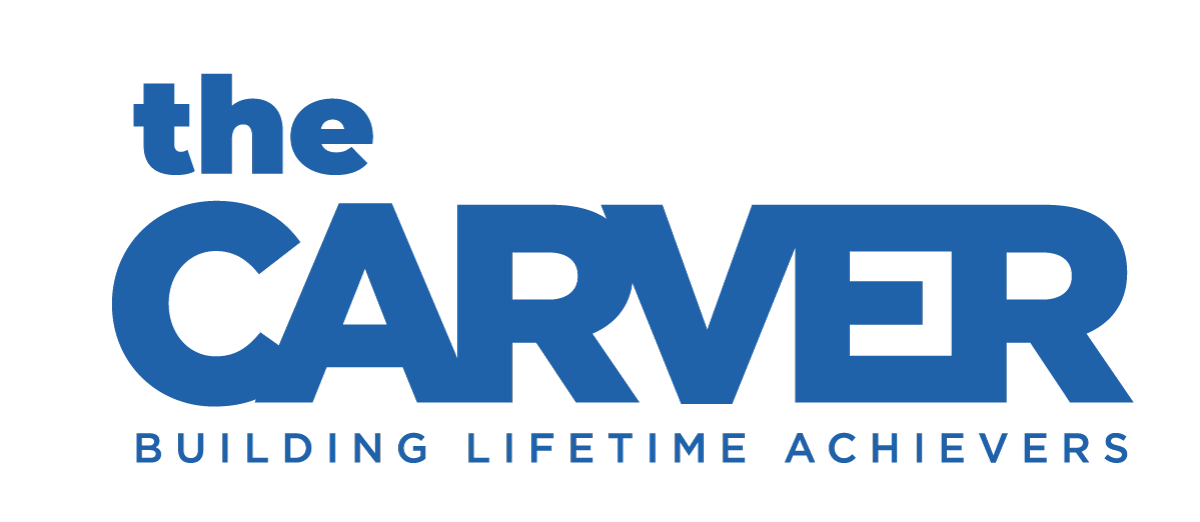Katherine Johnson died yesterday at the age of 101. She was the youngest of four children. Her mother was a teacher and her father was a lumberman, farmer, and handyman.
Johnson showed strong mathematical abilities from an early age. Her ability and passions could be those of any Carver student.
“I don’t have a feeling of inferiority,” Mrs. Johnson said on at least one occasion. “Never had. I’m as good as anybody, but no better.”
Because Greenbrier County did not offer public schooling for African-American students past the eighth grade, the Colemans arranged for their children to attend high school in Institute, West Virginia. This school was on the campus of West Virginia State College (WVSC, now West Virginia State University). Johnson was enrolled when she was only ten years old.
After graduating from high school at 14, Johnson enrolled at West Virginia State, a historically black college. As a student, she took every math course offered by the college. Multiple professors mentored her, including the chemist and mathematician Angie Turner King, who had mentored Johnson throughout high school, and W. W. Schieffelin Claytor, the third African-American to receive a Ph.D. in mathematics. She graduated summa cum laude in 1937, with degrees in mathematics and French, at age 18. She took on a teaching job at a black public school in Marion, Virginia.
She was one of a group of black women mathematicians at NASA and its predecessor who were celebrated in the 2016 movie “Hidden Figures.” To the end of her life, Mrs. Johnson deflected praise for her role in sending astronauts into space, keeping them on course and bringing them safely home.
Wielding little more than a pencil, a slide rule and one of the finest mathematical minds in the country, Mrs. Johnson, who died at 101 on Monday at a retirement home in Newport News, Va., calculated the precise trajectories that would let Apollo 11 land on the moon in 1969 and, after Neil Armstrong’s history-making moonwalk, let it return to Earth.
A single error, she well knew, could have dire consequences for craft and crew. Her impeccable calculations had already helped plot the successful flight of Alan B. Shepard Jr., who became the first American in space when his Mercury spacecraft went aloft in 1961.
The next year, she likewise helped make it possible for John Glenn, in the Mercury vessel Friendship 7, to become the first American to orbit the Earth.
Yet throughout Mrs. Johnson’s 33 years in NASA’s Flight Research Division — the office from which the American space program sprang — and for decades afterward, almost no one knew her name.
